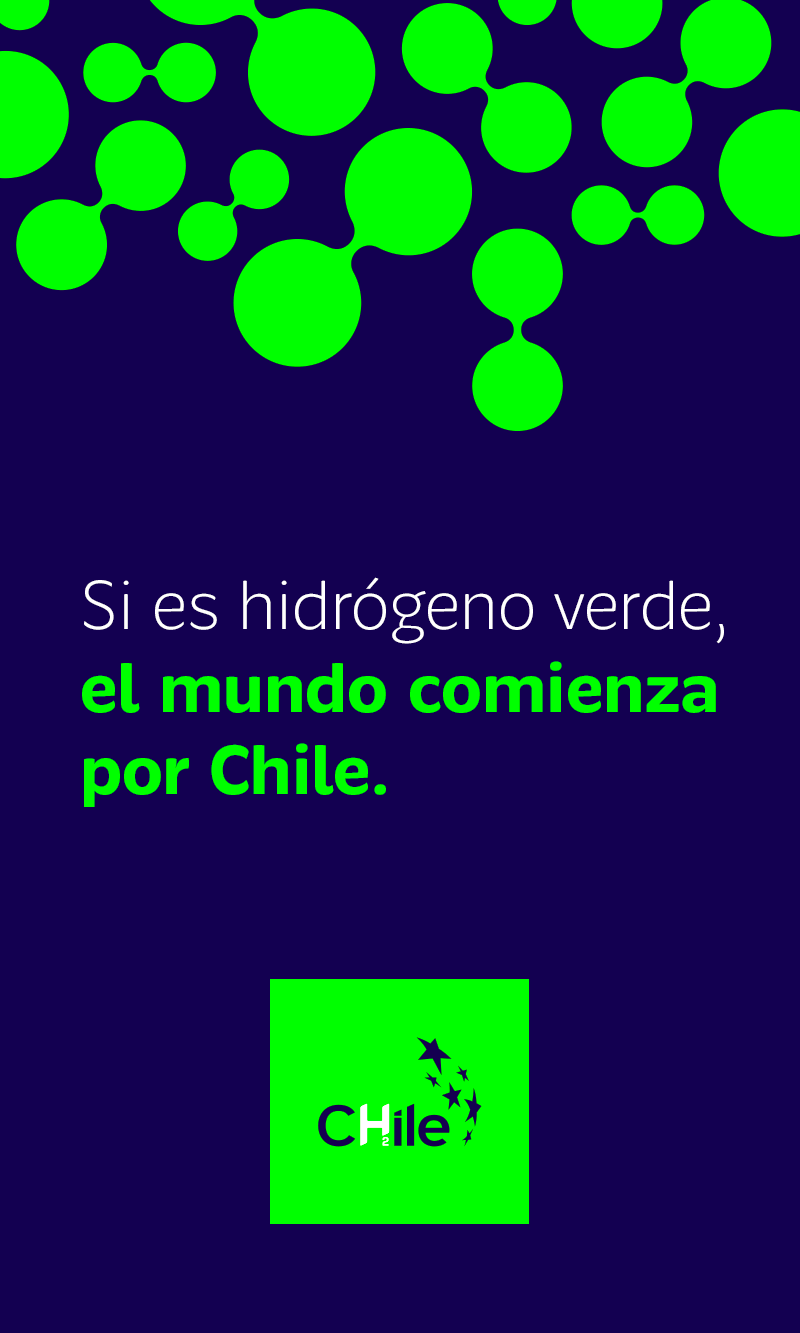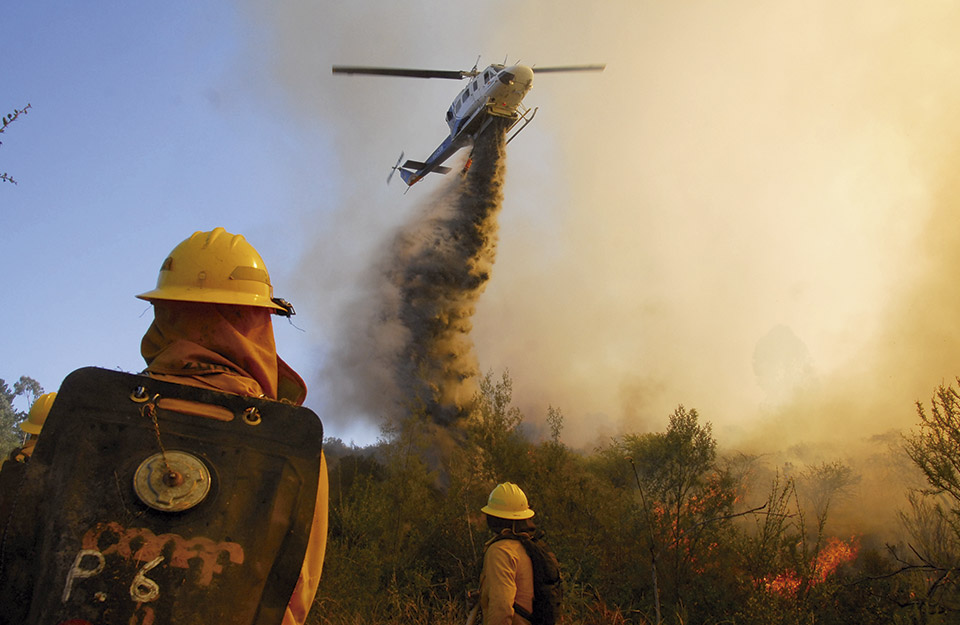
- 26 deaths, 20,404 dead animals, 3,247 people receiving health care, 7,526 victims and more than 2,000 houses destroyed, is the dramatic balance of the losses.
- International support has been decisive in controlling the fires, with more than 800 brigade members, as well as aircraft, vehicles and equipment.
What motivates a people, faced with adversity, to stand up and move forward, in a learned, almost instantaneous attitude? And what motivates the world to come to their support? In its history, Chile has faced numerous situations in which nature has put it to the test. The latest, a mega-fire affecting the south of the country that, since the beginning of February, has claimed 26 fatalities and consumed more than 450,000 hectares, destroying native flora and fauna on a scale that has yet to be measured.
The impact of the catastrophe
High temperatures, strong winds, a drought that has lasted for more than 13 years, added to human action, caused that in only two weeks, 450,000 hectares in the regions of Maule, Ñuble, Biobío and La Araucanía were devastated, resulting in 26 deaths, at least 20,404 dead animals, 3,247 people with health care, 7,526 victims and more than 2,000 houses destroyed.
"We are facing a situation in which 75% of the commune is affected. Among ashes, we are still fighting a fire that has worn us out, in which we have lost lives, and that today has three regions totally under the flames". The mayor of Santa Juana, Ana Albornoz, described in this way the effects that the catastrophe had on the town over which she presides, one of the most damaged during this emergency.

Only six years ago, in the summer of 2017, a heat wave, combined by human action, caused a series of fires that affected the central and southern areas of the country, leaving 587,000 hectares consumed by fire, in addition to ten fatalities. Many people who suffered at the time due to this fire have been displaced again as a result of the flames.
A coordinated response
"Uncontrolled fires, a lot of rural areas, many children, animals and elderly people", is how the captain of the First Osorno Fire Company, Erwin Vargas, described the scene after responding to the call for help from Collipulli, in the Araucanía region, one of the places affected by the fire. However, he highlighted the support received from the population. "They generated that positive energy that we Chileans have when situations like this happen, that we come together to face the situation," he added.
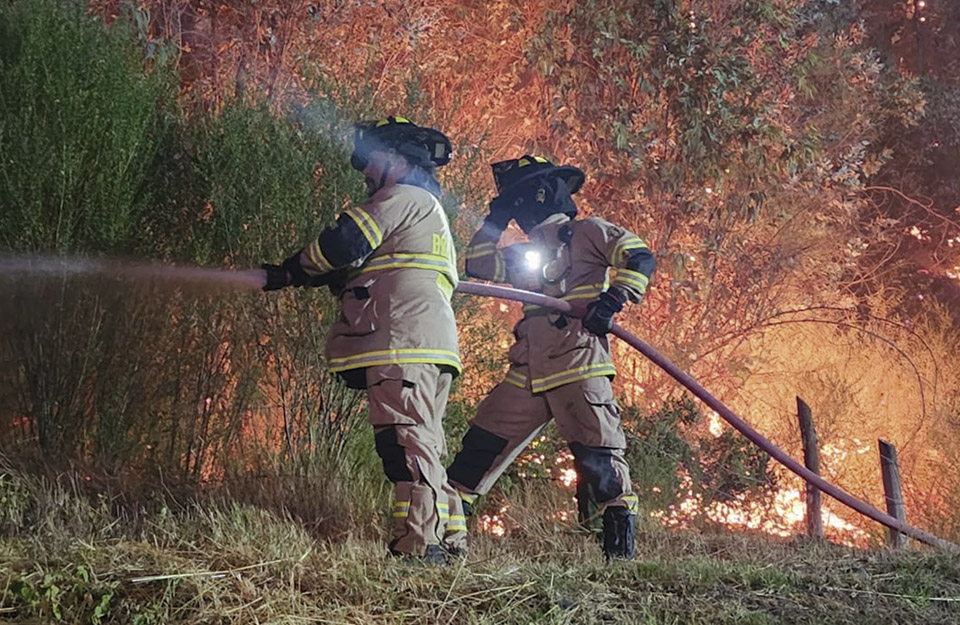
Credit: Chilean firefighters
On February 7, five days after the first red alert was declared, more than 2,200 brigadiers from the National Forestry Corporation (Conaf) and the forestry companies, as well as 3,400 firefighters from all over the country had come from the different regions to combat the emergency.
Today, the authorities are talking about figures that exceed 6,000 national personnel, including brigadiers, volunteer firefighters, Armed Forces, PDI, and MOP personnel who are carrying out rescue and flame control operations. The private forestry sector has contributed 61 aircraft, 3,400 brigadiers, 240 detection points and 2,100 forestry workers.
"Emergencies put countries to the test and I believe that, in this difficult, tough, complex condition, public and private institutions have shown that they are capable of coordinating and putting all the necessary resources to fight the fires," said Interior Undersecretary Manuel Monsalve, during a review on Sunday, February 12.
Civil Society
Techo Chile, Hogar de Cristo, ADRA, Comunidad de Organizaciones Solidarias and Movidos por Chile are just some of the organizations that are currently providing aid to the victims, in addition to the more than one hundred institutions involved.
"In just a few days and thanks to the great spirit of solidarity that always represents Chile, we received more than 9,000 donations from companies and individuals. It is important to remind them that our work does not end here, but that this is just a starting point to ensure that the entire south of our country can get back on its feet," said the executive director of Desafío Levantemos Chile, Ignacio Serrano, through a statement issued by the institution.
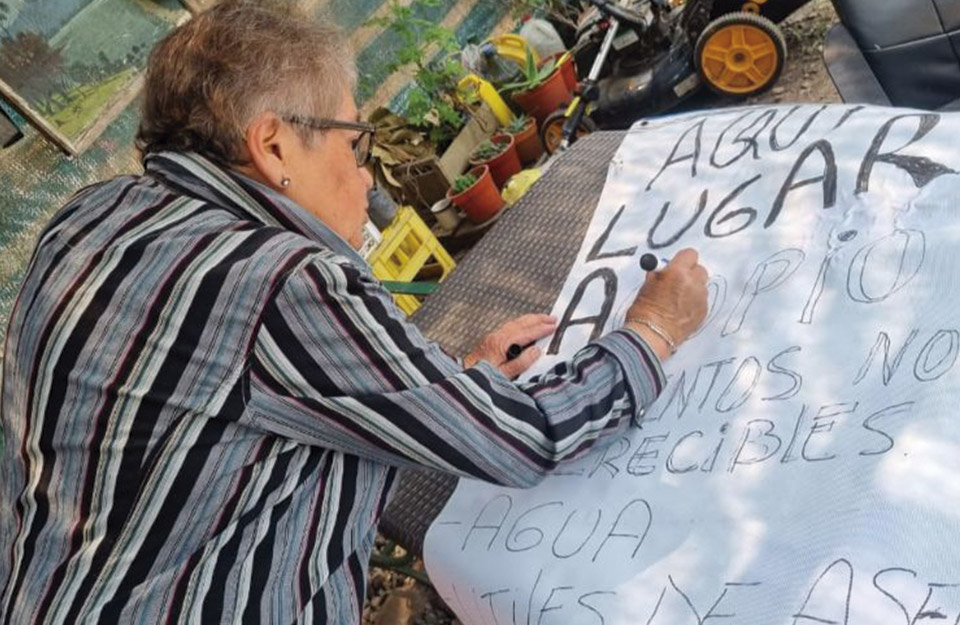
In the Biobío region, the Nonguén neighborhood council has started collecting food and supplies for the troops in the area. "We have articulated a lot of help, coordinating in collection centers taking water and non-perishable food to the communities that need it most, such as Santa Juana, Tomé and the Nonguén National Park", says the coordinator of the Nonguén Neighborhood Council, Fabian Vega.
The other victims of the forest fires have been animals, a situation that has mobilized independent veterinarians and NGOs from different parts of the country to rescue and provide medical care. In the rural sector of the commune of Santa Juana, the municipality worked to help pets and animals. "As the days went by, this has been improving. Different communes have been coordinated. All Chileans come with their flags in their cars to leave water, food or other supplies", explained Estefanía Toloza, an independent veterinarian who collaborates with the municipality.
From the world to Chile
The emergency affecting the country has provoked a solidarity response that has crossed borders. Different countries have sent messages of support and expert personnel to contribute to the work to control the flames. From the European Union, countries such as France, Portugal, Spain and Italy have responded to the call made by President Gabriel Boric and the Foreign Ministry to the international community in the first week of February, contributing with expertise and brigades.
"As in 2017, we have responded quickly to fight side by side with brigadiers and firefighters, a sign of our commitment to the Chilean people," said Spanish Air Force Lieutenant Colonel Carlos Javier Martín Traverso, head of the UME contingent in Chile. 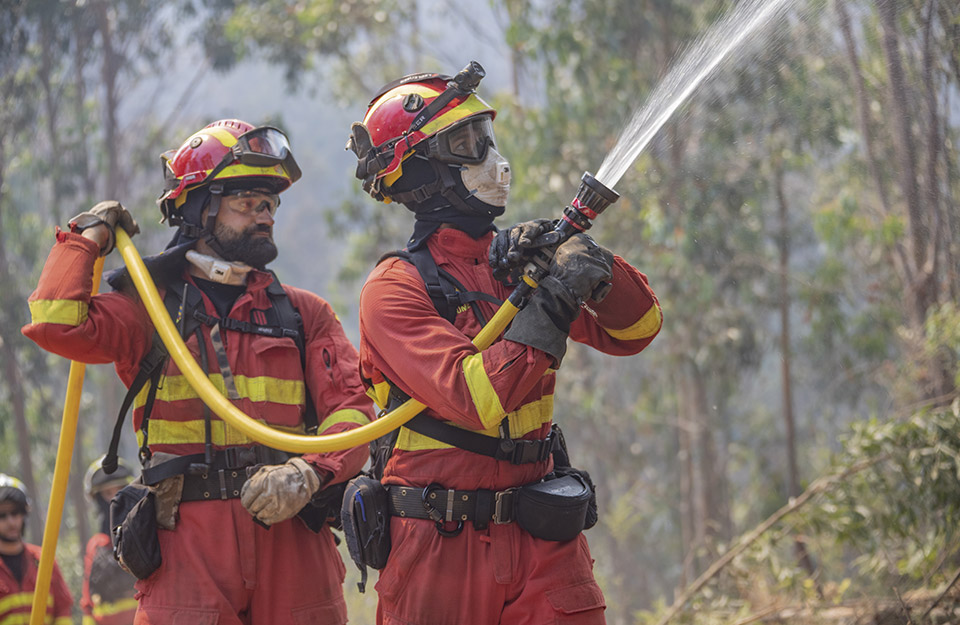
Credit: Spanish Brigade (UME)
Similarly, countries in the Americas such as Argentina, Brazil, Venezuela, Ecuador, Colombia, Mexico and the United States have sent brigadiers, firefighters and even aircraft. From Asia, China and Japan have spoken out in support of the communities affected by the fires, and entities such as the UN and NASA have helped by sending personnel and providing satellite images of the fire, respectively.
"Evaluations were carried out with unmanned aircraft and the secondary fires that were burning in this sector were totally liquidated. We put all our effort, all our 'ñeque' and all our will to support our brother firefighters from Chile", said sub-lieutenant Eddy Chiliquinga of the Fire Department of the Metropolitan District of Quito.
More than 800 brigade members have joined the national firefighters in the rescue and fire control work, in addition to aircraft, vehicles and equipment.
Reconstruction begins
On February 15, International Brigadier's Day was commemorated, and the government organized a ceremony to recognize the team that responded to the emergency and to thank the international community for its collaboration.
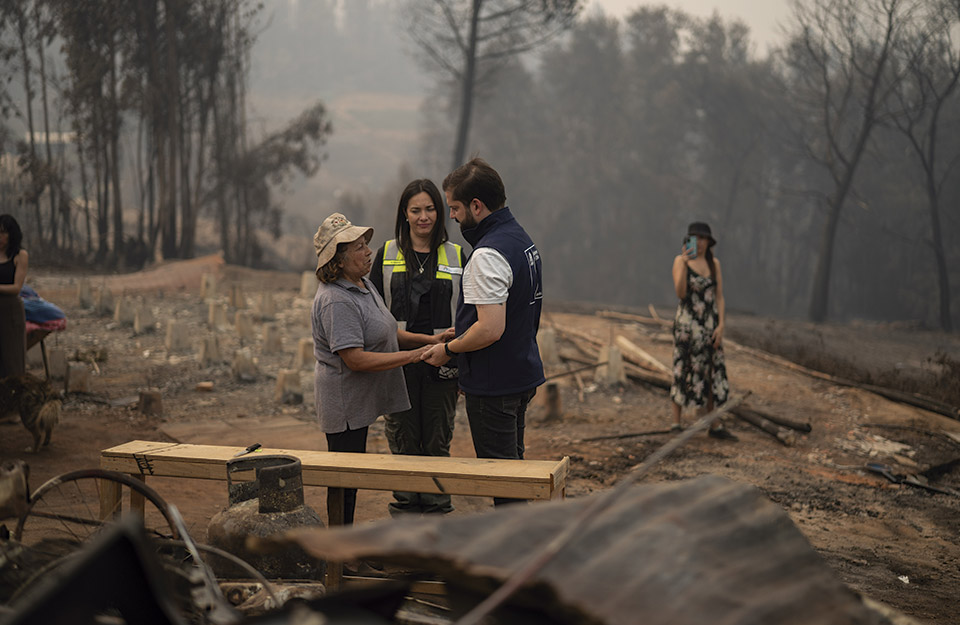
The support that Chile has received from abroad has been key in the midst of the emergency, and this has been expressed by the different authorities. "We have been moved to receive, since the beginning of the emergency, the collaboration and assistance of dozens of countries and international organizations, which has allowed us to have resources, tools and, especially, personnel specialized in fire control, which has been fundamental to support the work of our own brigadiers, both public and private", said the Minister of Foreign Affairs, Antonia Urrejola.






